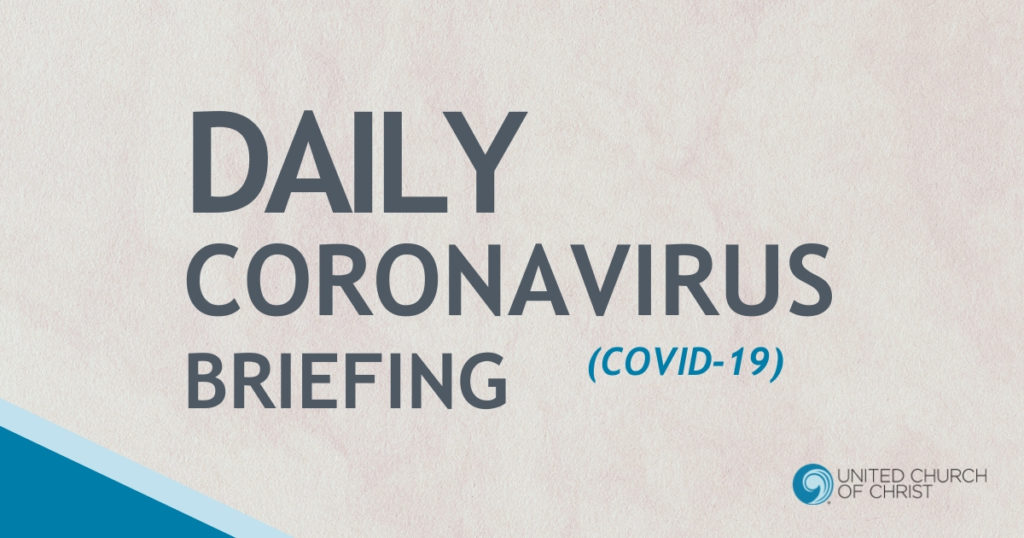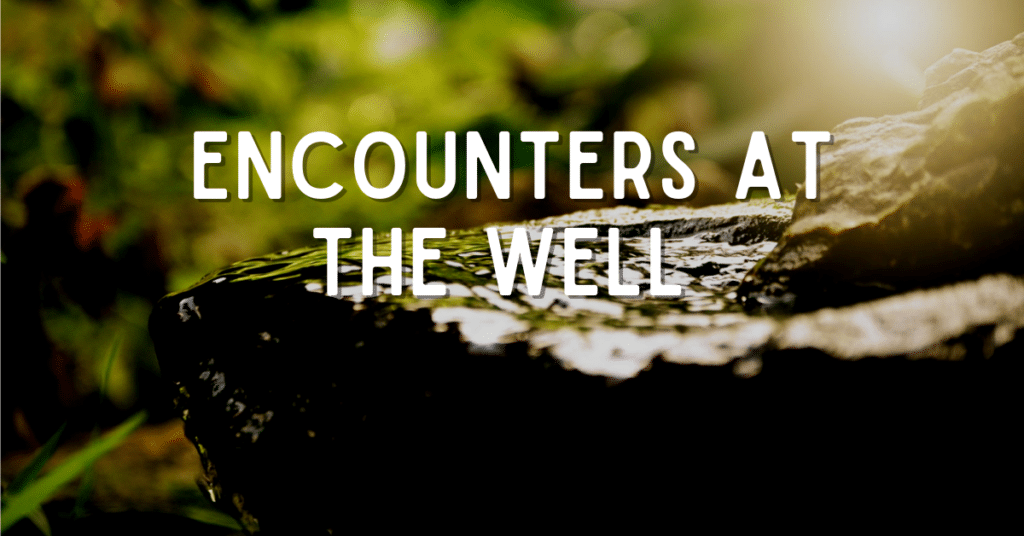Asian Americans and COVID-19
United Church of Christ – Wider Church Ministries
Humanitarian Development Team
Coronavirus (COVID-19) Daily Briefing
Barbara T. Baylor, MPH – Temporary Health Liaison
Asian Americans and COVID-19
Since May is Asian Pacific American Heritage Month, let’s be sure we look at how COVID-19 is affecting Asian Americans. In so doing, I offer this briefing with thanks and appreciation for this community’s particular gifts to our country and the world.
The United States’ 22.2 million Asian Americans account for 5.6 percent of the nation’s population.
Thirty-four states and Washington, D.C., release unique COVID-19 related data for Asian Americans. As of Monday, May 4, 2,623 Asian Americans are known to have lost their lives to COVID-19. That’s 4.7 percent of all deaths, roughly equal to their share of the population.
For each 100,000 Americans (of their respective group), about 16 Asians have died from COVID-19, a mortality rate above whites (14), nearly the same as Latinos (16), and well below Blacks (37).
States have different reporting practices, with some not including Pacific Islanders as Asians, which skews Asian mortality figures. States that do not provide data for subgroups of Asian people can mask disparity for groups that are at higher risk.
See graph – Asian Americans: Percent of COVID-19 deaths and population
Here are some specific issues related to Asian Americans and COVID-19.
Undocumented Asians
For example, one in eight Koreans in the United States are undocumented. Just as other undocumented people do, undocumented Asians face barriers to healthcare, given healthcare’s connection to employment or citizenship status. The Kaiser Family Foundation found that nearly half of uninsured Asian Americans are not citizens and 23 percent of lawfully present immigrants also are uninsured.
In New York City, a Much Lower COVID-19 Death Rate
Asians, who make up 14 percent of the city’s population, have suffered just 7 percent of the COVID-19 deaths, lower than whites (32 percent of the population, 27 percent of the deaths) and African Americans (22 percent of the population, 28 percent of the deaths). The zip codes of Chinatown in Manhattan, 10009 and 10003, have some of the lowest confirmed COVID-19 cases and death rates in the city.
See: In COVID-19: Asian-Americans Were Way Ahead of City, State Leaders
Why? Asian leaders believe their community avoided scores of deaths because of past experiences with the SARS outbreak in 2002-03 and other health epidemics. As a result, they were somewhat prepared and didn’t wait for local official government action on the novel coronavirus.
New York City Asian American residents seemed to be more in tune to aggressive strategies than Non-Asian Americans, such as the widespread use of face masks and social distancing (practices rooted in the SARS outbreak). Taking more personal responsibility for not spreading germs when sick leads to lower rates of community infection and better health outcomes.
On the Other Hand: Growing Poverty
Poverty in New York City’s Asian communities is growing faster than among other ethnic groups, according to a report by the Asian American Federation, which says: “The umbrella of ‘Asian American’ often includes large numbers of high income, highly educated professionals as well as low income refugees, recent immigrants and working families, many of them who are undocumented or may have language issues or other challenges.”
While many Asian New Yorkers have access to a wide range of economic opportunities, Asian working poor residing in the city face educational, linguistic, and economic barriers to well-paying jobs and careers. The recurring narrative of the “model minority” highlights a small pocket of success but ignores the harsh economic realities and health outcomes that many Asian Americans still experience.
Hate Crimes Against Asian Americans
The link between racism and mental health highlights significant social determinants of health that affect racial and ethnic groups. Hate crimes against Asian Americans had been decreasing for 15 years, but that’s changing in the COVID-19 pandemic. In late March, federal law enforcement began to warn communities that hate crimes against Asian Americans will increase as the coronavirus crisis goes on. Asian Americans are growing increasingly anxious about dealing with racist incidents, which can lead to negative mental health effects. Recently:
* The Pennsylvania United Chinese Coalition found that negative comments about Asians increased 167 percent the week after President Donald Trump used the phrase China virus during a news conference, which appears to have emboldened people to act out on their racism.
* A new Asian American Pacific Islanders (AAPI) report shows Asian women were twice as likely to be attacked as men.
* The Center for Public Integrity says 3 out of 10 of Asian Americans have faced or seen personal attacks.
* “Stop AAPI hate” received more than 1,700 harassment reports just last month.
“The stress that results from anticipating racism can negatively affect the immune system, and manifest itself as symptoms of headaches, gastrointestinal disturbances, physical aches and pains, and an inability to fight off infections,” according to Suzanne Chong, a psychologist at Ursinus College.
This uptick in racism isn’t “just” fueled by the pandemic. It also has to do with longstanding biases toward Asian Americans that have persisted since some of the earliest immigrants came to the United States generations ago. Kevin Nadal, a psychologist and professor at the John Jay College of Criminal Justice, expects the impacts of coronavirus-fueled racism to be long lasting and says that the psychological effects of discriminatory acts by the U.S. government like the Chinese Exclusion Act in 1882 and Japanese internment in the 1940s are still felt today.
References:
2010 Census Shows Asians are Fastest-Growing Race Group
COVID-19: Asian-Americans Were Way Ahead of City, State Leaders
Hidden in Plain Sight: Asian Poverty in New York City
Asian Americans already face a mental health crisis. Coronavirus racism could make it worse.
How the coronavirus is surfacing America’s deep-seated anti-Asian biases
Growing data underscore that communities of color are being harder hit by COVID-19
The color of coronavirus: COVID-19 deaths by race and ethnicity in the U.S.
Related News
Planning for Earth Month: Resources for Congregations
April is Earth Month, and for congregations, it can be a great time to further discern how...
Read MoreBodily Autonomy Means Every-BODY
Advocacy and Action for Women's and Gender Justice Local events stir thoughts and...
Read MoreAn ally experiences PRIDE in the CLE
Advocacy and Action for Women's and Gender Justice Local events stir thoughts and...
Read More


